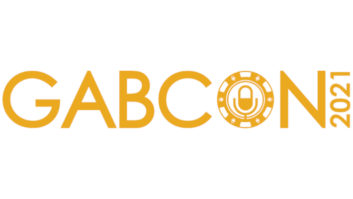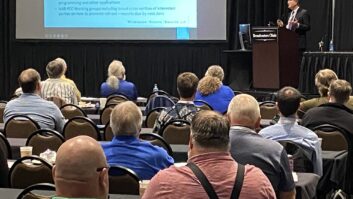The Cleveland National Forest is setting the table to ban or cripple broadcasting activities at all nine of its communications sites in the greater Santa Ana and San Diego areas of California. At best, broadcasting would be relegated to secondary status, putting the life of the facility in continuous jeopardy. At worst, broadcasting would be banned outright.
One way this might play out is as follows. Say that a broadcaster has been transmitting from an affected Forest Service site for 20 years without causing problems for other users. One day, Joe’s Taxi Service moves its radio repeater onto the site and receives interference from the broadcast station. The Forest Service would force the longtime broadcaster to do whatever it takes to eliminate the interference with the cost borne by the broadcaster, even if a complex intermodulation problem beyond the control of the broadcaster were involved.
If there was no feasible fix, the broadcaster would be forced to stop its operations to accommodate the needs of the new non-broadcast user. Meanwhile, there would be no obligation on the new user to do anything to remedy the problem that its arrival had occasioned.
CGC Communicator readers were made aware of the Forest Service’s leanings in August 2000, and your help was much appreciated then: http://www.bext.com/_CGC/2000/cgc407.htm Now, the “anti-broadcasting ball” has gained momentum and spread from Santiago Peak to include eight more sites. In addition, operations at all of these sites must be “low power,” a term which the Forest Service has yet to define.
Put simply, the Forest Service has presented no evidence to suggest that a carefully designed broadcast facility is inherently incompatible with land-mobile and other radio services. In fact, considerable evidence exists to the contrary.
See the Forest Service’s latest plan by visiting www.bext.com/_CGC/documents/Cleveland_National_Forest_LRMP.PDF and check Appendix N (the last page) for an overview.
It would be helpful if you called this plan to the attention of your station management and the NAB. There is no reason to believe that the wanton discrimination against broadcasters will stop here. Written comments are due by Sept. 20, 2002, by our calculation.
Radio World welcomes other points of view.












